How to Identify and Prevent Rat Infestations in Your Home

Rat infestations can be an unsettling and frustrating problem for homeowners. These pests not only damage property but also pose health risks. Therefore, it is essential to identify and prevent rat infestations in your home before they become a severe issue. In this blog post, we will discuss some tips on how to identify signs of rat infestations and take preventive measures effectively.
1. Identify the Signs
The first step in preventing rat infestations is to be aware of the signs indicating their presence. One of the most common signs is droppings. Rat droppings are typically small, dark, and cylindrical in shape. Finding them in cabinets, along baseboards, or near food sources is a clear indication of rat activity. Other signs include gnaw marks on furniture and electrical wires, grease marks along walls, and the presence of burrows in the soil or attic.
2. Check for Entry Points
Once you suspect a rat infestation, it is crucial to identify the entry points they are using to access your home. Rats can enter through small gaps and openings, so carefully inspect the exterior of your house for any cracks, holes, or damaged vents. Pay attention to areas around utility pipes, windows, and doors. Seal any entry points with steel wool or caulk to prevent rats from entering your home.
3. Keep Food and Waste Contained
Unsecured food and waste are major attractions for rats. To prevent infestations, store food in airtight containers and clean up spills and crumbs promptly. Avoid leaving pet food out overnight and use metal or heavy-duty plastic garbage cans with tight-fitting lids to contain waste. By removing these food sources, you reduce the chances of attracting rats and other pests.
4. Maintain Cleanliness
Maintaining cleanliness is essential in preventing rat infestations. Regularly clean your kitchen, pantry, and other areas where food is stored to eliminate potential food sources. Vacuum and sweep the floors regularly, and keep clutter to a minimum to restrict hiding places for rats. Additionally, ensure your yard is well-maintained by pruning shrubs and trees away from your home, as they can provide easy access for rats.
5. Secure Trash Outdoor
Outdoor trash cans can be an invitation for hungry rats. Make sure your garbage cans have tight-fitting lids and are placed on a secure platform, such as a rack or elevated surface. Never leave bags of garbage lying around your yard, as they will quickly attract rats. Regularly clean your trash cans with a disinfectant to reduce odors that can attract rodents.
6. Install Rat Deterrents
There are several rat deterrents that you can install to prevent infestations in your home. One option is to place ultrasonic devices in areas where rats are commonly found. These devices emit high-frequency sound waves that are bothersome to rats, driving them away. Another alternative is to use natural rat repellents such as peppermint oil or ammonia-soaked cotton balls. These strong smells can help deter rats from entering your home.
7. Consult with Professionals
If you suspect a rat infestation but cannot effectively identify or eliminate the problem on your own, it may be time to consult with pest control professionals. They have the expertise and tools necessary to effectively eradicate rats from your home. Professional exterminators can also provide advice on other preventive measures and help regular inspections to ensure your home remains rat-free.
Summary
Identifying and preventing rat infestations in your home is crucial for the safety of your property and your family’s well-being. By being aware of the signs indicating rat presence and taking proactive measures to secure your home, you can effectively keep these unwanted pests at bay. Remember to maintain cleanliness, seal entry points, store food properly, and consult with professionals when needed. With these preventive steps, you can create a rat-free environment, ensuring peace of mind for you and your loved ones.
